Best ANPR Camera System Setup, While ANPR camera setups are advanced and sophisticated, it’s still possible for the system to have issues that significantly hinder its effectiveness. For instance, blurry images, incorrect readings, and unreliable data become common problems, impacting the system’s accuracy and overall performance.
These setup discrepancies often translate into unreliable readings and missed opportunities, rendering the system less effective in its primary task of accurate number plate recognition. The good news is that with proper optimization, these systems can be significantly improved. In this comprehensive guide, we will explore practical methods to enhance ANPR accuracy with best practices for camera setup.
Whether you are a seasoned professional or an enthusiastic beginner, these techniques will enable you to maximize the potential of your ANPR system, ensuring precise and reliable results.
The Basics of ANPR Technology
ANPR technology is a sophisticated system designed to automatically capture and interpret license plates on vehicles. By leveraging advanced algorithms and optical character recognition (OCR) technology, ANPR systems can rapidly analyze images or video frames, extract license plate information, and convert it into readable digital data.
In other countries, ANPR is also referred to as Automatic License Plate Recognition (ALPR) and, simply, License Plate Recognition (LPR).
Here’s a breakdown of the key components of ANPR technology:
Components of an ANPR System
Understanding these fundamental components is essential for users aiming to optimize their ANPR systems. With a clear grasp of the technology’s basic principles, individuals can proceed to implement the necessary adjustments and enhancements for improved accuracy and reliability.
Best ANPR Camera System Setup
Read More : How To Install Synology Surveillance Station
Factors Impacting Your ANPR Camera Setup
There are a number of fundamental components that make any ANPR Camera setup successful. These include:
Of these three, we see that camera setup holds the most potential for improvement for businesses and consumers to significantly bolster their ANPR results. We draw this conclusion because we know that our Plate Recognizer ANPR engine has been thoroughly tested and optimized to handle blurry, low-resolution, and dark images as well as other aspects of the real-world environment. Feel free to reference the results of our ALPR benchmarking exercise.
Further, counter to claims from camera manufacturers, we see that a modest, mid-range or even low-end IP camera performs just as well as a high-end, expensive camera. Of course, no LPR camera vendor is going to admit this because they need a way to justify their existence. As a side note, we even have customers running our software with existing CCTV cameras.
From our years of experience supporting and helping clients troubleshoot their license plate recognition systems, we have observed how the proper camera setup along with a strong ANPR engine can be an effective solution to detect and decode vehicle license plates. This article offers specific tips and suggestions on how to best set up your camera to maximize your ANPR.
Before You Begin, an Important Note
With your ANPR Camera Setup, please keep in mind that if your eyes can easily read a license plate through the camera, our ANPR engine can too. However, if you’re squinting and struggling to see the license plates, our engine might find it challenging as well. Visual clarity is the key. A clear view means accurate reads.
Camera Zoom For The Best ANPR Systems

When it comes to zooming the camera for best ANPR, it is important to avoid having a high-level view of the overall parking lot or site. This is called under-zooming, where the camera is capturing an overall wide-angle view of the landscape. So the above two images are not set up correctly for best ANPR results.
For beginners handling license plate recognition, there is a common misconception that a wide-angle shot is the best. Cameras will seek to aim wide across parking lots rather than towards entrance or exit points which allow them to truly pick up plates and get a good read.
To address this, adjust the camera positioning and zoom in on the ingress and egress areas of the parking lot. Rather than have a wide-angle view of the street with all the homes around it, it is better to focus on just the street itself where cars are driving by.
In the photo below, the left image shows a wider angle of the gate entrance. For best practices ANPR, it is important to zoom the camera closer to the gate. Again, if the camera can see the vehicle plate well, then our ANPR engine ought to do a very good job of reading the plate.

If you are in an area using CCTV cameras, Plate Recognizer’s software may still work. While CCTV cameras are typically on the lower end of the quality spectrum, they may still be suitable to capture vehicles moving at low speeds.
ANPR Camera Setup: Ideal Camera Distance
The maximum advisable distance between the camera and the vehicle is 35 meters. Actually, whenever possible, it is preferred to minimize that distance. Why? Minimizing the distance between the camera and the vehicle helps ensure that the camera can easily focus without the need to zoom in on the target vehicle. This helps reduce image blurriness.
When you place the camera far away from the vehicles it needs to read, you will need a camera with very strong zoom capabilities. The more the camera uses the zoom, the harder it is for the images to come out clear and crisp.
Another cause for blurry images can be if the camera is mounted improperly, or becomes loose. Typically, ANPR cameras are outdoors and exposed to the elements so this is going to happen at some point if the cameras aren’t installed securely. This can cause the camera to move, shake or vibrate. These small vibrations can result in image blurriness when the zoom level is high. For example, you can test this yourself by using your smartphone camera and zooming in all the way to view a car in the distance. Apply a small amount of movement to the camera and you can easily observe how the camera view totally changes!
We have actually tuned our algorithms and even added a new parameter called Merge Buffer to help accommodate camera vibrations.

PRO TIP: Use Your Mobile Phone to Do a Test
Before you set up the camera, use a mobile phone as a test subject. Place the phone in the position where you intend to install your ANPR camera. Set the smartphone to the number of pixels and settings of the camera you plan to purchase. Then, just record 10 minutes of footage and use Stream to analyze the recorded video for license plate recognition.
Camera Angle To Improve ANPR
While Plate Recognizer ANPR has been tuned to support a wide variety of license plate angles, it’s always ideal to have the camera set up appropriately. In terms of angle, the setup of the ANPR camera can be positioned in two ways: slope, vertically, and horizontally. For both cases, it is advisable to have a maximum of 45 degrees for a proper read of the license plate.
Remember, just because you set up your camera for 45 degrees, your customers/drivers don’t always drive in a straight line!
ALPR vendors can make outrageous claims that their software can do anything, but at Plate Recognizer, we’re not going to lie to you. There are things our software can do, and things it can’t! Not every angle is going to be possible, and no camera is going to be a super machine that can see a license plate while bending over backward in the middle of a blizzard.
So for example, Plate Recognizer’s ALPR engine can support up to a 53-degree tilt, and a 70-degree side angle. What it can’t do is catch a plate number at 75 degrees.
In fact, we’ve compiled real-world ALPR results. Take a look.


Minimum Resolution For Best ANPR
We see a lot of unsuccessful LPR due to very fuzzy images of the license plate. This is by and large due to the fact that the camera does not have the resolution required to capture a good plate image.
While Plate Recognizer works with any IP camera, we recommend that the license plate itself must have roughly 100 pixels in width. Otherwise, our ANPR engine may not be able to effectively read the license plate.
Since every LPR camera setup will be different, you’ll need to figure out the correct amount of megapixels (MPs) needed. Basically, the number of megapixels required will ultimately depend on the distance of the camera to the license plate.
The width of the license plate will depend on the country you’re in. Here are some examples:
Once you have an idea of the width of plates for your ANPR camera setup, you’ll need to figure out the MPs needed. There’s a bit of math here to calculate, so we’ll save you the headache and go straight to the answer.
The table below summarizes the maximum distance in feet from the camera to the vehicle plate for each of the 3 major regions/countries. You’ll note that we used 80 pixels of width for the plate, even though our ALPR benchmarking indicates that our engine can read a plate even at 30 pixels width. We chose 80 pixels width to add some cushion–just to be on the safe side.
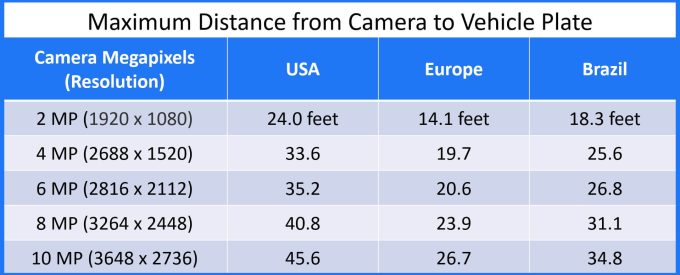
So net net, if you have to set the camera up at over 30 feet from the vehicle plate in the USA, then you’ll need to get a 4 MP camera or better.
PRO TIP: If the above topic on camera resolution is confusing, no worries. Just use your eyes! Basically, if you can see the license plate number in the camera footage with your own eyes, then Plate Recognizer’s engine should be able to read the plates, too. But if you’re having a really hard time seeing the plate–even after squinting and zooming in–then please don’t expert Plate Recognizer to do magic.
ANPR Camera Setup for Night-Time: Sufficient Infrared
If you have a great ANPR system, but no infrared (IR) light capabilities, you will have a tough time capturing plate numbers at night. This is because when it’s dark, there’ll be glare on the plate from the headlights. If you’re using ANPR to detect crime, which often happens at night, you’d need to make sure you have good IR.
Infrared cameras utilize LED lights to illuminate the plate area with infrared light, which is invisible to humans. Cameras with an IR cut filter automatically adjust IR light levels so that you can get consistent colored images in the daytime and black/white images at night.
Depending on the exterior lighting, you may be able to get a license plate read at night without IR, but it won’t have the same accuracy. Using IR may also help you pick up images in different weather conditions. For example, if you are in a location that gets a lot of rain, an ANPR system that relies on white and natural light will have a hard time getting accurate images.
For optimal IR use, you’ll want to place the camera on an angle so it isn’t pointing directly at headlights. This will avoid unnecessary glare risks and ensure you’re getting a good shot of the license plate.
If your current LPR camera doesn’t have IR, you can always buy an inexpensive external IR unit instead of upgrading your entire system. It costs around $20-25 on Amazon. The IR technology built into a camera may also not be enough, so adding another external device can increase accuracy.

Lighting Tips for ANPR Camera Setup
Adjusting the lighting for your ANPR camera setup is essential to ensure optimal performance and accurate license plate recognition. Proper lighting helps to minimize shadows, glare, and overexposure, which can obscure or distort license plate images, leading to recognition errors.
By providing even lighting and strategically positioning lighting sources, you can enhance visibility and clarity, particularly in challenging environments such as parking lots, highways, or private properties.

Here are a few lighting tips based on how you’re going to utilize your ANPR setup:
ANPR Camera Lighting for Parking Lots
For parked cars going in and out of a parking lot, the ideal lighting setup would typically involve evenly distributed and consistent lighting throughout the parking area. This helps ensure that license plates are clearly visible to ANPR cameras regardless of the vehicle’s position.
Other tips for optimal lighting in parking lots:
How does IR Lighting help with illumination?
IR lighting emits infrared light, which is invisible to the human eye but can be detected by camera sensors. By supplementing existing lighting sources with IR illumination, ANPR cameras can capture clear and accurate images of license plates even in challenging lighting environments where visible light may be insufficient. This enhances the overall visibility and image quality, allowing the ANPR system to reliably read and process license plate information regardless of lighting conditions.
Additionally, IR lighting helps minimize disturbances to nearby residents or drivers, as it is invisible and does not produce glare or excessive brightness. Overall, IR lighting plays a crucial role in enhancing the performance and effectiveness of ANPR camera setups, particularly in low-light or nighttime scenarios.
Many cameras come equipped with built-in IR capabilities. It’s important to ensure that the camera’s IR distance parameter is well-suited to the distance between the camera and the vehicle being monitored. This ensures that the IR illumination adequately covers the area where license plates are captured, enabling clear image capture for ANPR systems.
However, in some cases, the built-in IR may not be sufficient to provide optimal illumination, particularly in larger or more challenging environments. In such situations, you may opt to purchase external IR units to supplement the camera’s built-in IR capabilities.
These external IR units can provide additional illumination, extending the effective range of the ANPR system and ensuring clear and accurate image capture, especially in low-light or nighttime conditions where visibility may be limited.
ANPR Camera Lighting for Highways
Highways, on the other hand, need different light requirements since cars are moving at high speeds. The lighting needs to provide sufficient illumination to capture clear and accurate images of license plates despite the fast-paced movement of vehicles. You can try doing the following:
The lighting setup for highways prioritizes high-intensity, uniform illumination to facilitate clear image capture of license plates, enabling ANPR systems to operate effectively in fast-moving traffic environments.

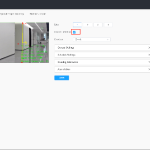
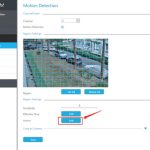
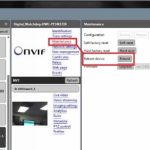
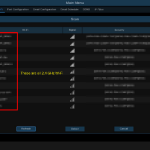
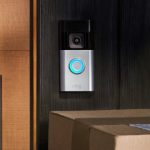
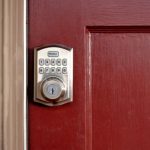
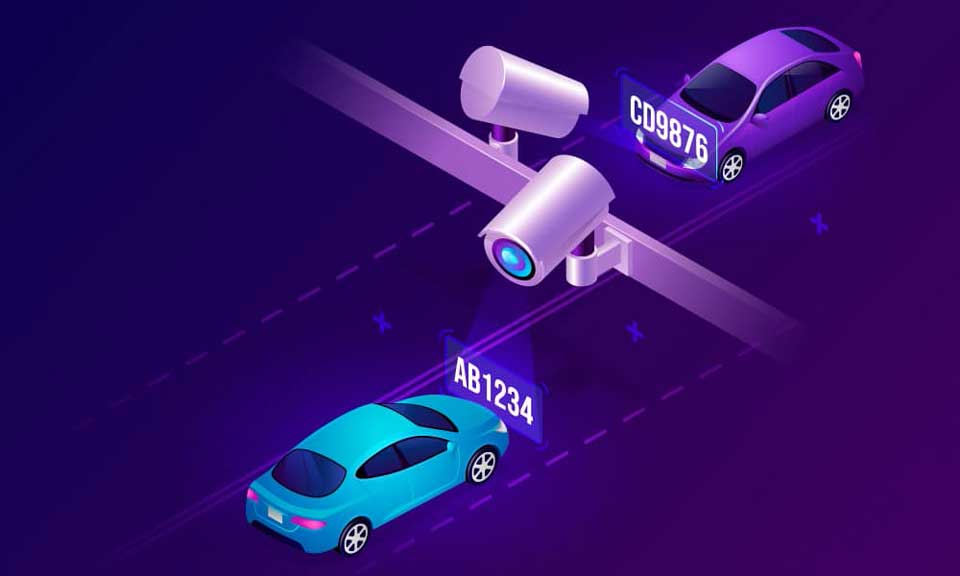
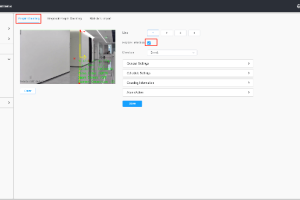
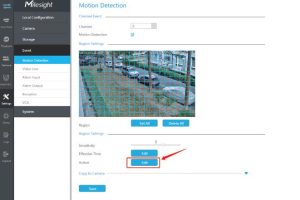

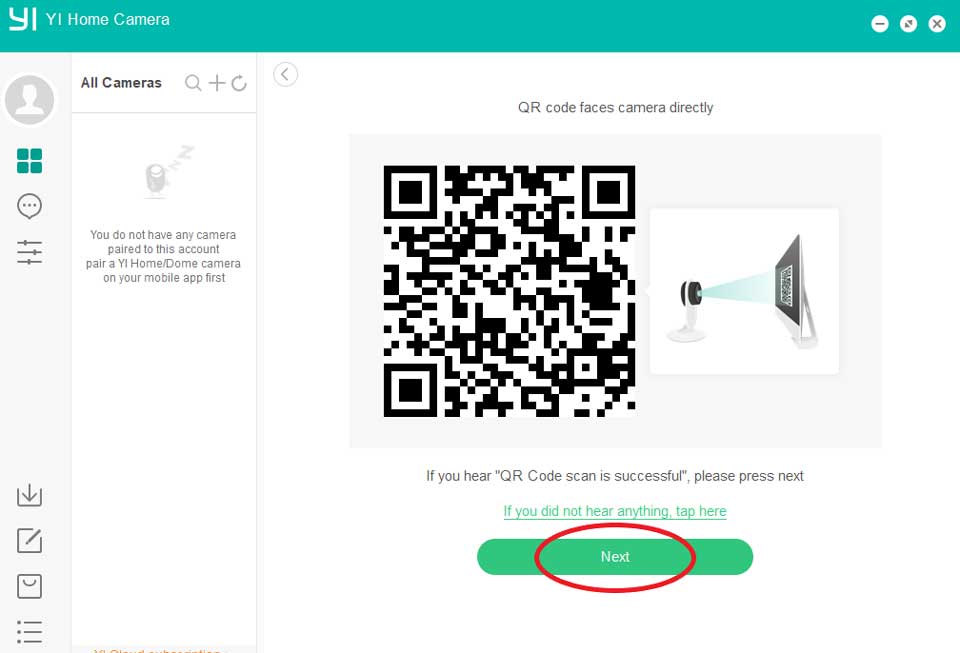

Add Comment